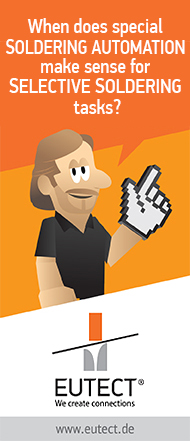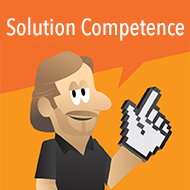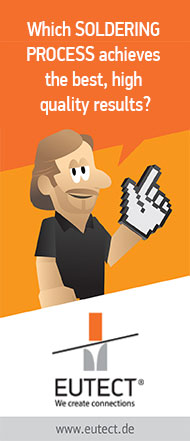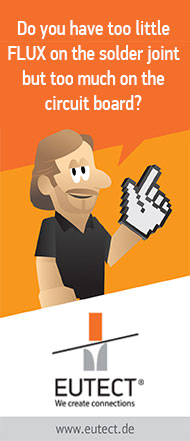When does special soldering automation make sense for selective soldering tasks?
There are various reasons for using special soldering automation for selective soldering. It is often the complexity of the assembly that prevents the use of standard soldering systems. If the available degrees of freedom of a standard soldering system are not sufficient or if the solder joints differ too much in position and geometry, EUTECT soldering automation systems are used. However, even if individual solder joints of an assembly require separate soldering parameters or individual “movements” are necessary for individual solder joints, for example for a different break-off angle to avoid solder bridges, the use of a special solution is unavoidable.
Hardware may also require the use of a special solution. For example, if special workpiece carriers or masks are used in the production process to protect adjacent, closely positioned components, access to the soldering point may be difficult. In these cases, specific process components, kinematics and automation solutions are required. The same applies to soldering in cavities, such as in housings or similar. If different solder joints require different soldering processes or specific nozzle geometries are required for mini wave soldering, special solutions must also be considered.
Roughly summarized, it can be concluded that whenever not all solder joints of an assembly have the same properties and can be soldered identically, special soldering automation in selective soldering becomes necessary. The reason for different soldering processes can be the shape, position, metallurgy and access to the solder joint, e.g. for products with high added value. Another factor is the quantity to be produced. If this is high with low cycle times, automation must also be considered in order to avoid unnecessary process steps or manual activities.





















